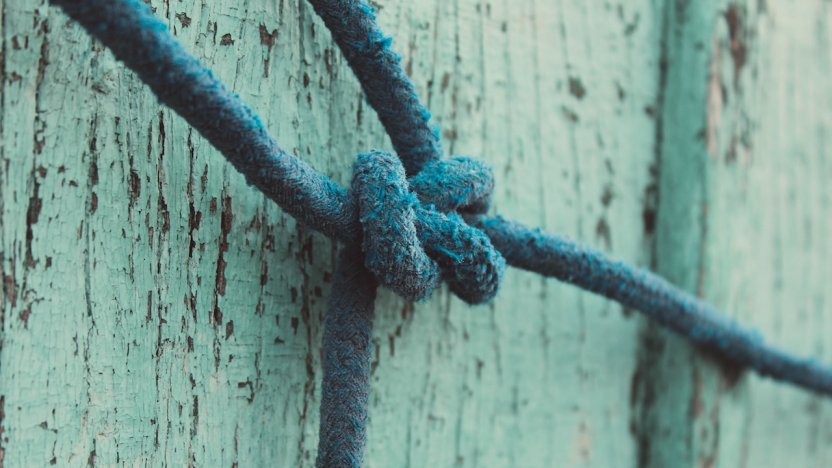Managing the social media threat: Legal strategies for brand owners

Social media networks provide an opportunity to reach and interact with customers in new and, often, more effective ways. But these opportunities are not without risks.
It’s not a surprise to hear from corporate brand owners that a major proportion of their advertising and PR spend and effort is now concentrated on social networking sites. But, while marketing departments and practice have been quick to adapt to the opportunities offered by the media, the same cannot always be said for the legal sector. Legislation and case law have been much slower to evolve; often leaving brand owners in a vulnerable position when it comes to monitoring and enforcing legal ownership of their brands online.
As legal issues concerning social media have come to the fore, brand owners are often challenged to define what their legal response should be – and how much of their own spend and effort should be targeted in that area.
Why is it a concern?
Just as the web has enabled brands to reach consumers and new markets, so too has it provided third parties with the means and opportunity to capitalise on another brand’s hard-earned reputation; for example, by passing themselves off as the official brand owner, or by promoting infringing or counterfeit products on social media sites.
In the traditional offline environment, brand owners knew their legal weapons and how to deploy them. However, in the online space, acting against such infringement requires different skills, tools and approaches. Here, a new arsenal of tools is needed; for example, online monitoring programmes that can identify and monitor unauthorised use or misuse of a trade name or trademark on websites, social media networks and online messaging boards.
Similarly, brand owners have to re-evaluate their approaches to infringement actions once unauthorised use or misuse of brands has been identified. Failure to enforce brand rights can lead to consumer confusion, loss of business and goodwill, or dilution/loss of a company’s trademark rights, so it’s critical to protect and enforce brand rights using trademark and other intellectual property (IP) laws.
However, in the social media age, you also need to be sensitive to how those enforcement actions may be perceived. Consumers have a different attitude to infringement and piracy, and that requires a more measured approach than that which a company’s legal department may traditionally adopt.
In addition, brand owners need to reassess the way that they cost and target action: incidents of infringement are growing, but they’re also becoming more random, which makes them difficult to budget, forecast and act against. The online space moves so fast that, invariably as soon as you close down one problem, another threat pops up elsewhere.
Where to start
Like their colleagues in marketing, legal departments and their external advisers need to understand the manner in which social media networks and practice operates in order to develop a robust and proportional response to infringement.
Based on that knowledge, they can assess what’s most important to their business and use that to develop a risk-based strategy to prioritise how and when to act. Common threats to be considered include: a third party seeking to register or use your company or brand name; the sale or promotion of counterfeit or pirate goods on social media sites (including apps such as Pinterest and Instagram, as well as sites like Twitter); typosquatting, ‘sucks’ or look-a-like sites; and, attempts to damage brands within online messaging boards (for instance, by promoting brand boycotts).
Once prioritised, each incident should be assessed using a pre-defined ‘risk-assessment’ criteria to avoid knee-jerk reactions. For example:
- Investigate: Do you have a legitimate claim? What is the impact on your business? Can you reach the party that you need to pursue? What are their defences?
- Consider your course of action: Review the legislation, legal procedures and tools at your disposal. What’s the most cost-effective course of action? Does the social network provide any tools that could help (e.g. takedown procedures) and, if so, will they provide you with a simpler or more effective method of taking action?
- Act proportionally: Make clear choices as to what you’re taking action against and what you can simply monitor in the short term.
- Consider the negatives and learn lessons from what has gone before: There are plenty of high-profile examples of companies taking a legitimate course of legal action only to suffer major backlashes due to customer perception. Think about the potential costs of those repercussions before acting against smaller instances of infringement (e.g. the sale of pre-loved products).
- Weigh up the arguments: Are the advantages stronger than the disadvantages – and, are you willing to take the heat?
- Choose your battles wisely: Even though you have valid IP ownership rights, litigation is not always the best course of action. But, on the other hand, not taking action against a persistent threat can create major damage to your brand or bottom line.
Preparation is key
Fortunately, there are a number of steps that brand owners can take in advance to support their efforts and mitigate risk. Proactive and precautionary measures, such as: registering trademarks, trade names and company names in key territories; developing a (positive) presence in social networking communities; instituting an online monitoring programme and developing a consistent enforcement strategy.
It’s crucial to develop your strategy in advance, review and evolve it, and be clear and uniform in your actions. You need to be a lawyer as well as a reputation manager, and to dedicate a proportion of your budget and efforts to legal issues, as this is one fad that will not blow over any time soon.